Marine Raiders Hit Makin

Makin Island from the periscope of the submarine Nautilus
With the first American ground offensive underway just a few dozen miles away at Guadalcanal, two companies of marines from the newly formed 2nd Raider Battalion–a.k.a. Carlson’s Raiders–landed at Makin Island in the Gilbert chain on 17 August 1942. Their mission was manifold. First and foremost, the hope was to divert reinforcements headed for Guadalcanal to Makin. Gathering intelligence and destroying Japanese supplies and communications would be plusses.
Marine raiders were all volunteers. Thousands applied and only a small percentage was deemed suitable for their tasks. Once accepted to the program, raiders underwent specialized training, specific to their upcoming missions. Carlson’s Raiders, so named for their legendary commanding officer Lt. Col. Evans Carlson, trained on submarines and rubber boats in addition to hand-to-hand combat before shipping out to Makin Island on 8 August 1942. Second in command was President Roosevelt’s oldest son, James. Carlson’s leadership style was innovative, and went against age-old military protocol. Officers were called by their first names. Decisions were made by all involved, majority ruled. Their motto was “Gung Ho,” meaning “work together.” The brass may not have liked it, but the men who served with Carlson surely did.
Two-hundred marines of the 2nd Raider Battalion were transported from Pearl Harbor to Makin by the submarines Nautilus and Argonaut. Arriving at their target, Makin Island, and departing the subs at midnight on 17 August, the raiders succeeded in reaching the beaches undetected, traveling on rubber boats. Although chaos ensued due to rougher waters than expected and the inability of officers to communicate with one another, the raid was ultimately a success depending on which way you looked at it.
- Marine Raider Insignia. Gift in Memory of Nathan Schaffer MD, 2009.551
- The USS Argonaut leaving Pearl Harbor. Gift of Jane Dickman Schlaht, 2011.124
- The USS Nautilus leaving Pearl Harbor. Gift of Jane Dickman Schlaht, 2011.124
- British-made Boys anti-tank rifle used by the Raiders to fire at enemy seaplanes. Gift of Mrs. Phyllis Taylor, 2011.468
- General Carlson aboard the Nautilus after the raid on Makin Island. Courtesy of the National Archives
- Sgt. Clyde Thomason, the first enlisted marine to earn the Medal of Honor in WWII.
More than a hundred Japanese soldiers were killed, most in banzai charges. While this meant fewer enemies to fight later on, it also meant no prisoners were taken and therefore no intelligence gained. Radio, ammunition and fuel dumps were decimated, but with few enemy forces left on the island, this was an insignificant victory. Using a Boys anti-tank rifle (see an example from our collection above), the raiders damaged or destroyed a few Japanese seaplanes on the water. Instead of drawing reinforcements away from the harsh fighting at Guadalcanal, however, some argue that the Japanese were made to feel even more vulnerable by the raid on Makin and therefore tried to reinforce most of their outposts throughout the Pacific, making future battles more difficult and more costly.
Getting off the island proved the most difficult part of the raid, as the choppy waters forbade more than half of the marines from making it back to the submarines off the coast. The surf was just too rough. After an attempt by a rescue boat to reach the stranded marines failed, those remaining on Makin made do with what they had in true raider fashion, building a small boat and meeting the submarines elsewhere.
Despite its shortcomings, the raid proved that the newly-formed raider units were more than capable of achieving the goals for which they were created. It was on the Makin Raid that Sgt. Clyde Thomason became the first enlisted marine to earn the Medal of Honor in World War II for his actions above and beyond the call of duty. He was one of 19 marines who lost their lives that day. Nearly a dozen others were taken prisoner, and later executed by the Japanese on Kwajalein Atoll.
Upon the marines’ return to Pearl Harbor, all sailors present in the harbor were on deck, with flags at half mast to show respect for the returning raiders. Admiral Nimitz himself showed up to congratulate the raider in persons. You can see clips of this event in the video below. In 2000, the remains of those raiders who sacrificed all were discovered on Makin, returned to their families, and reinterred in the United States. Many now lay in Arlington National Cemetery. The US Navy amphibious assault ship Makin Island (LHD-8) was commissioned in honor of the raid in 2009.
This post by Curator Meg Roussel
- Posted :
- Post Category :
- Tags :
- Follow responses to this entry through the RSS 2.0 feed. You can skip to the end and leave a response. Pinging is currently not allowed.


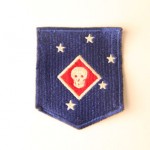
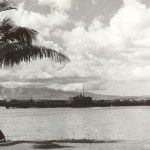
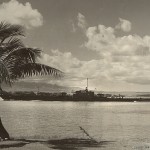
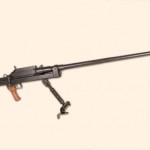
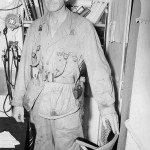
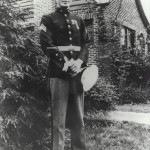


Leave a Reply